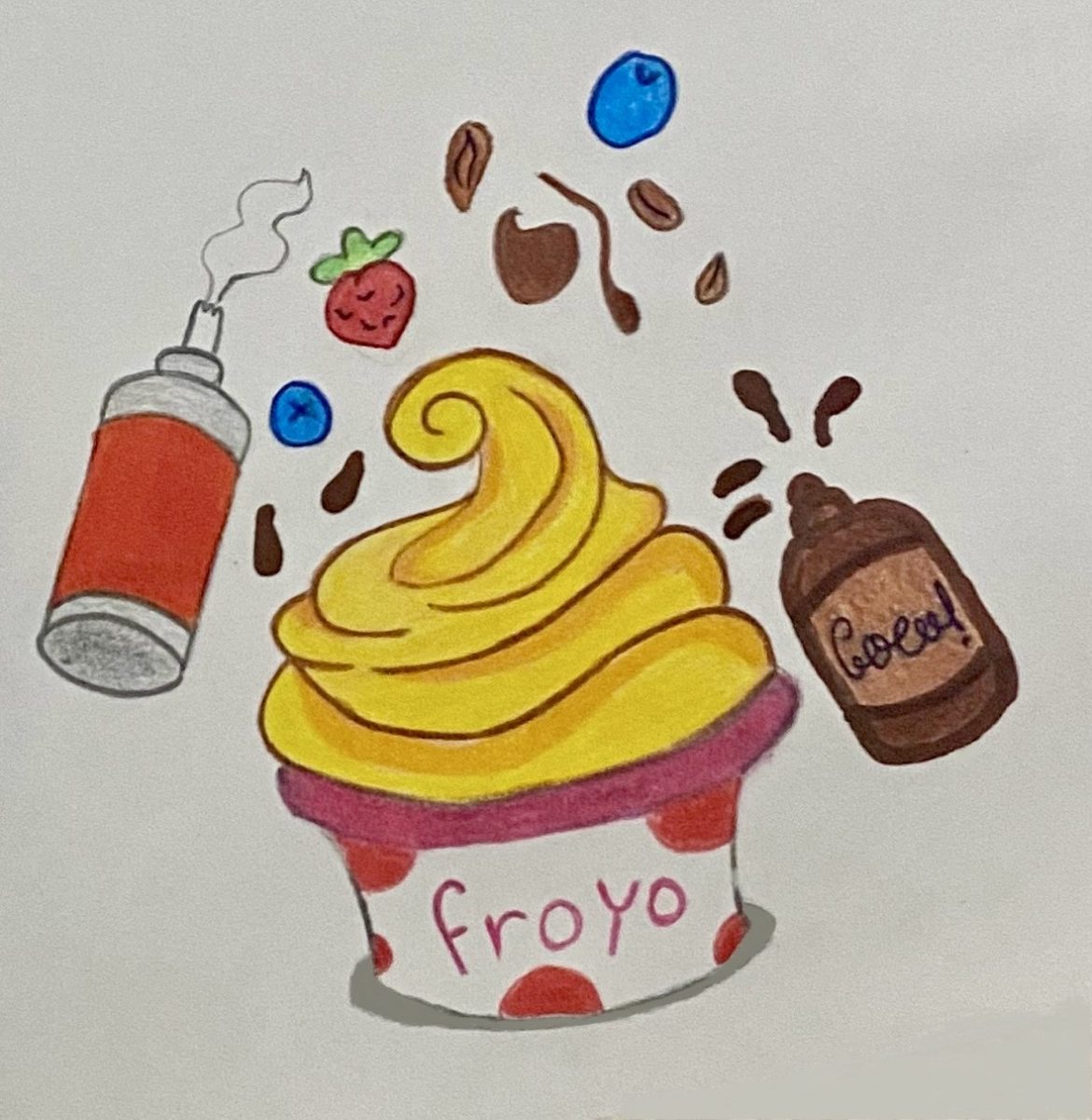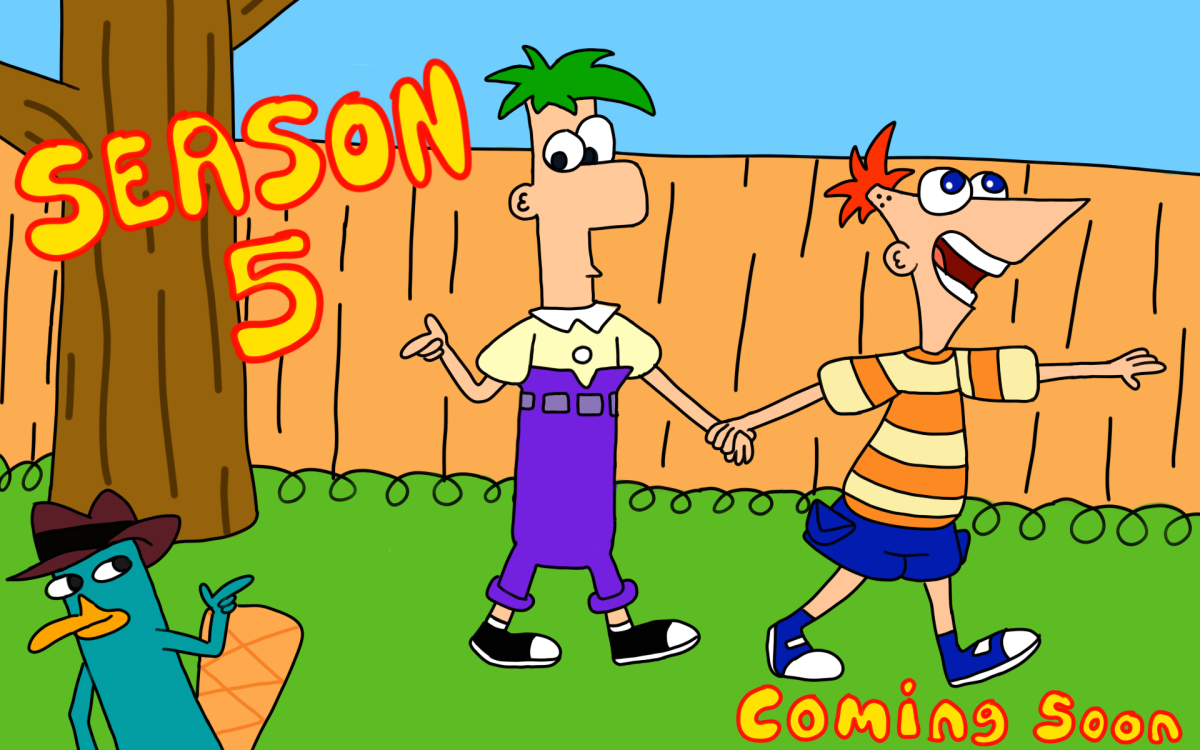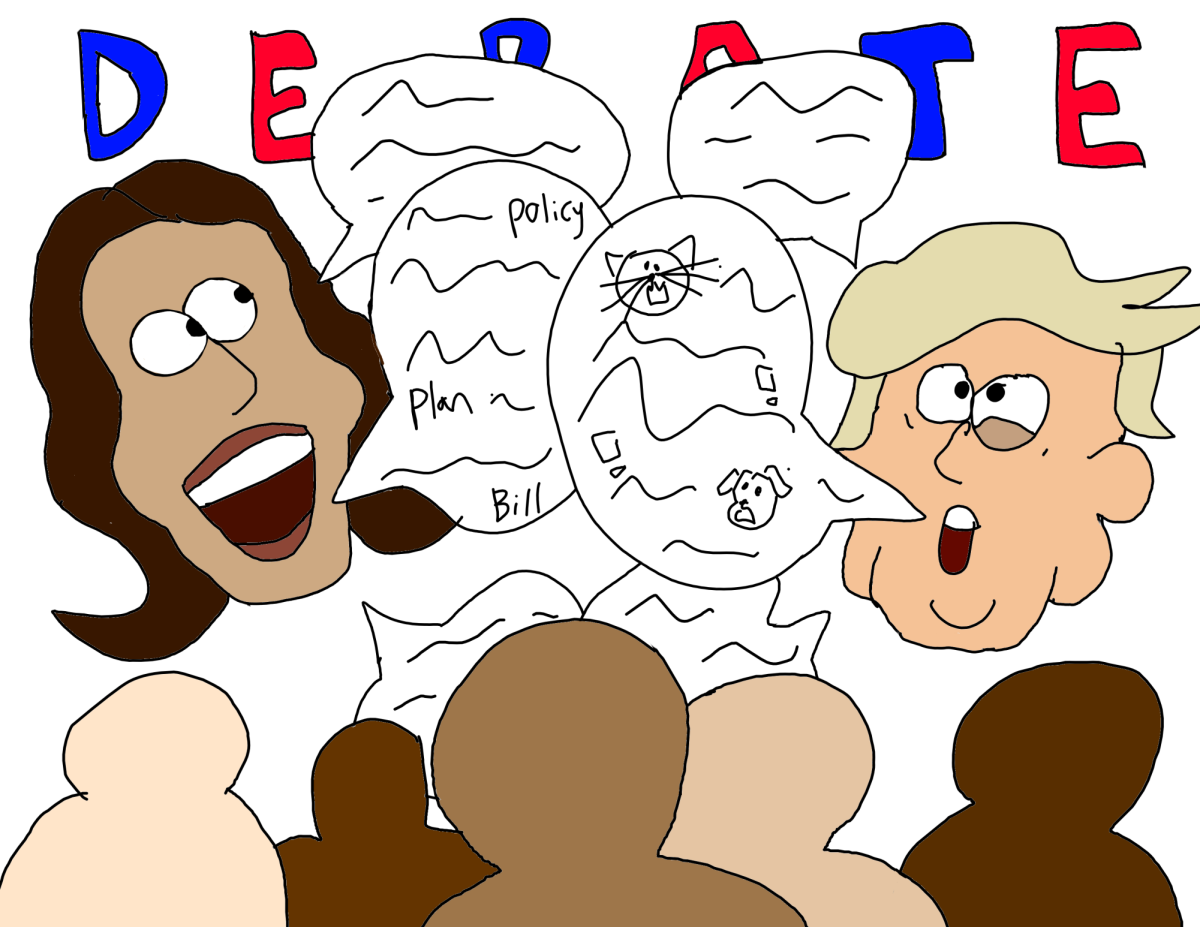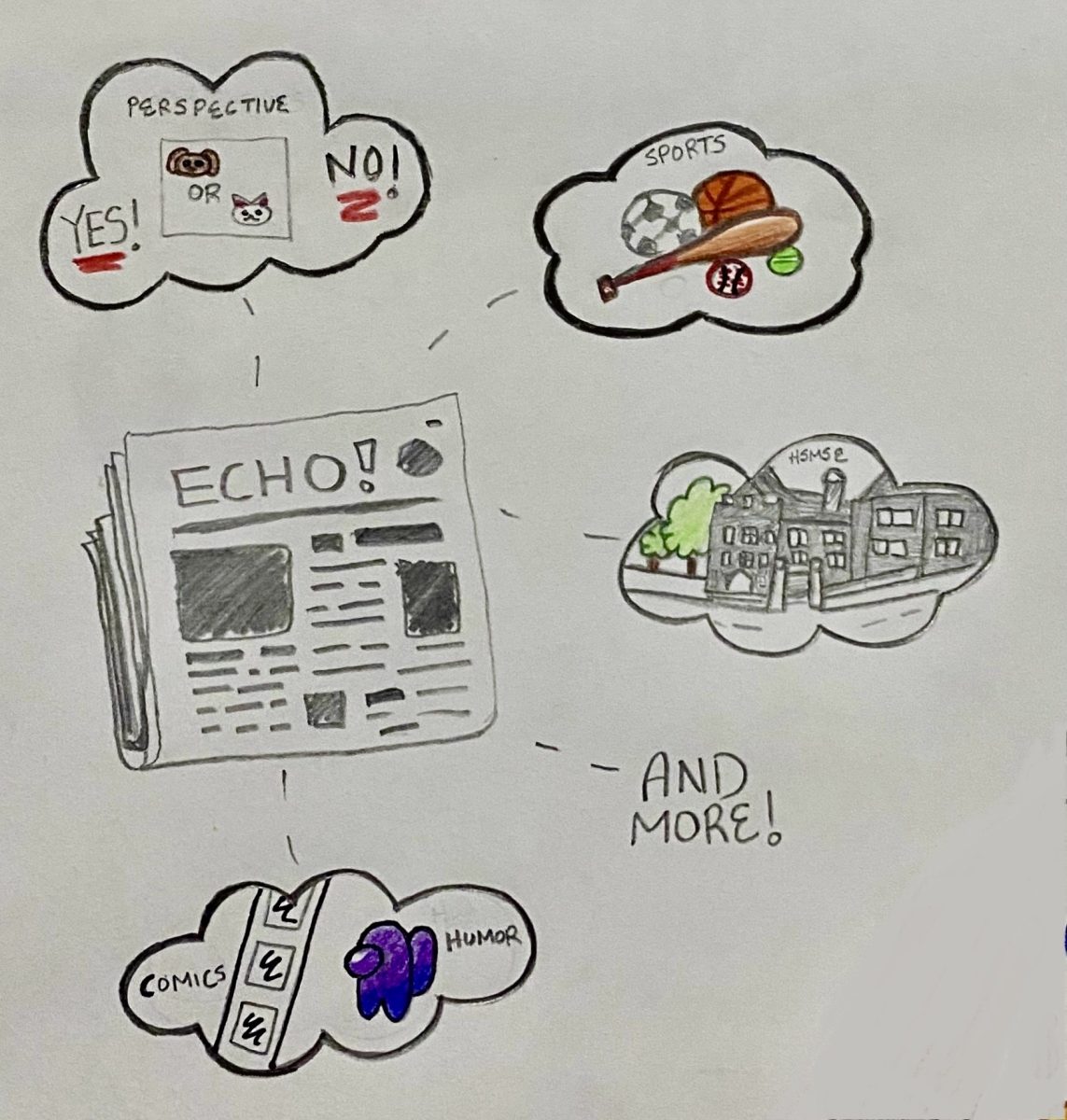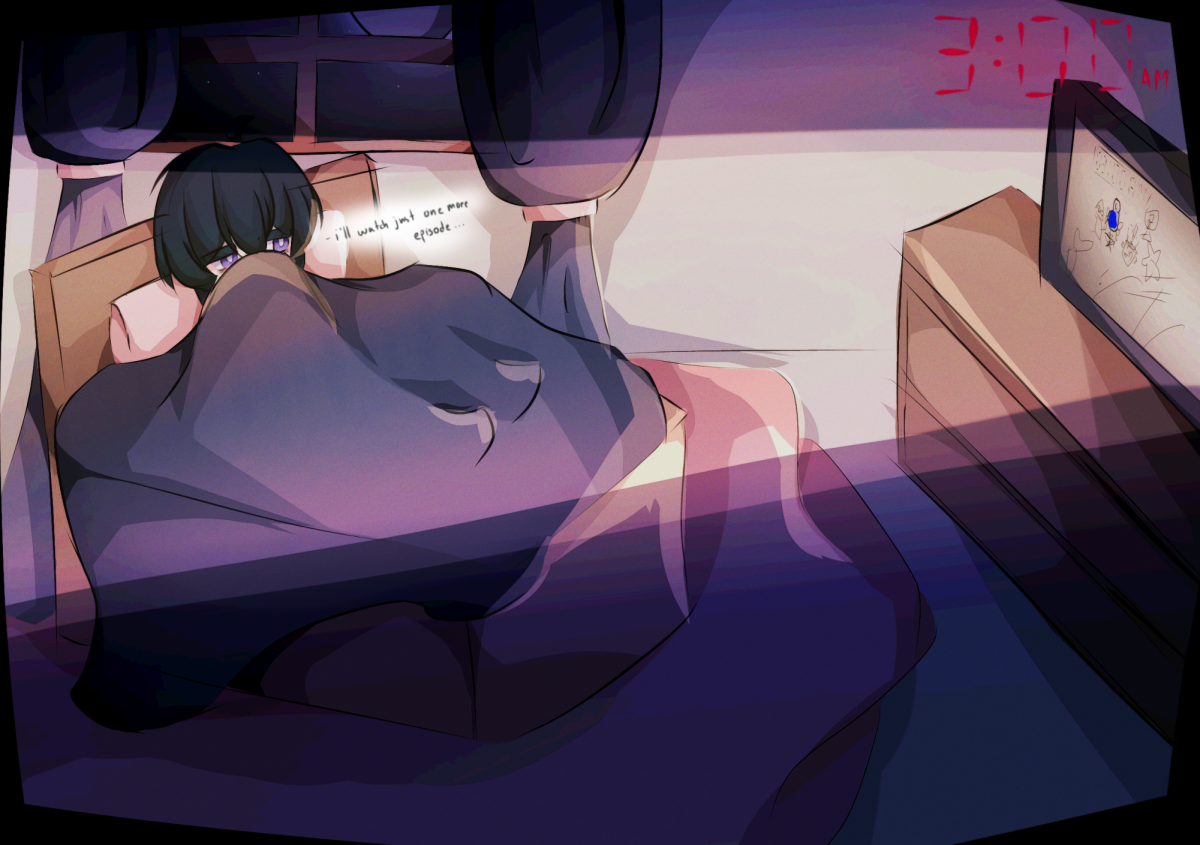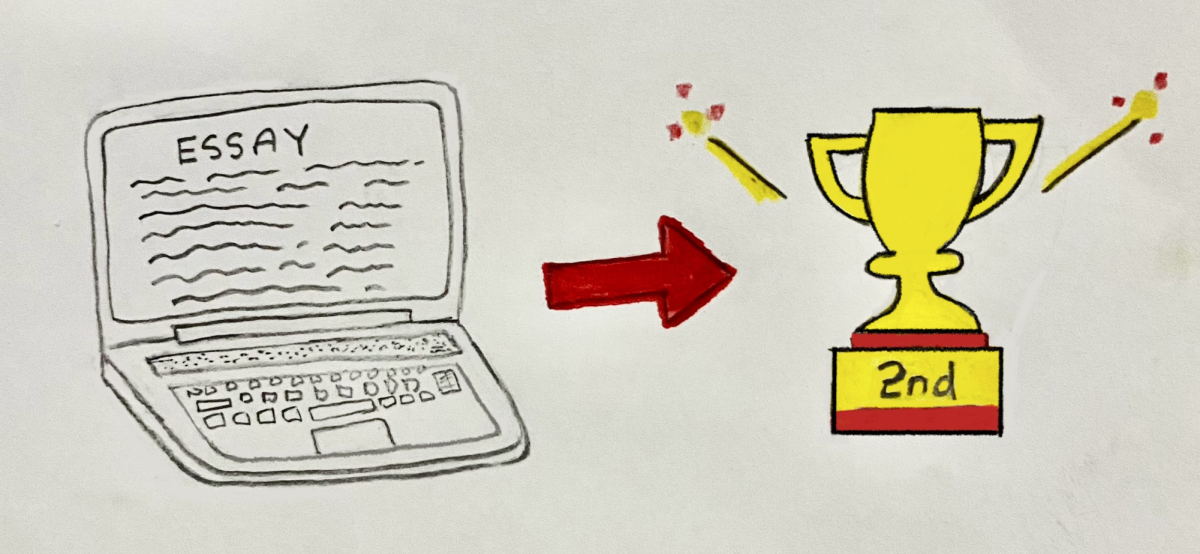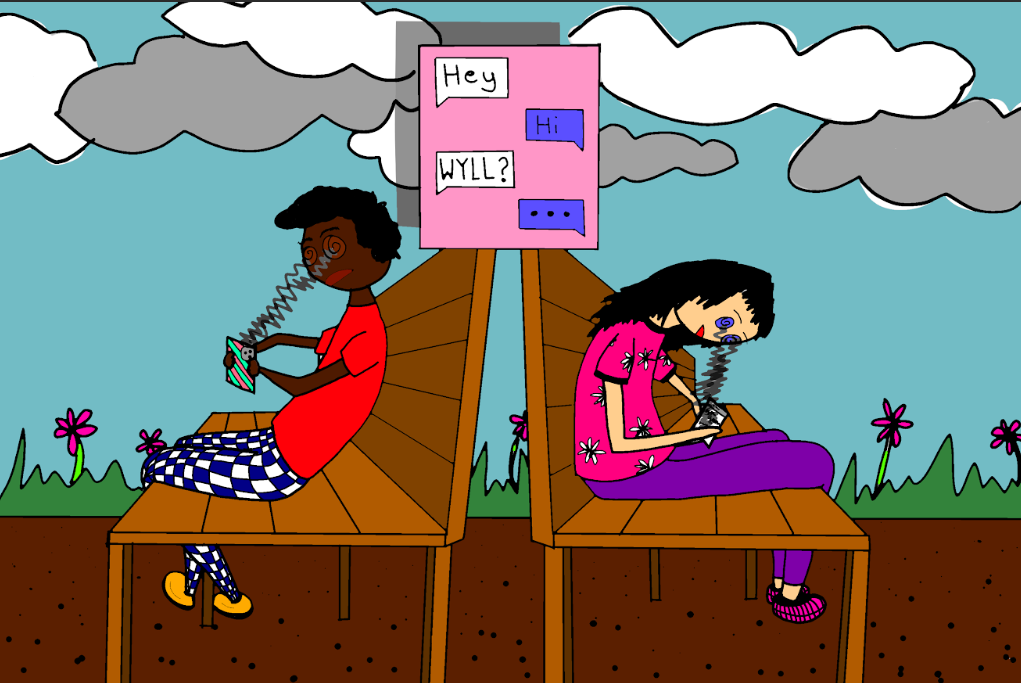This past spring, I entered a national competition that asked student journalists to share their opinion on the largest issue journalists face today. Over the summer, I found out that my submission had placed second nationally, and I wanted to share it!
The Future is Here—Journalism Must Catch Up
The public is in dire need of the truth. The problem is that most people don’t want to work too hard to find it.
The first scheduled radio news broadcast was on November 2, 1920. The first television news broadcast in the United States was aired by NBC on August 24, 1940. In 1995, the New York Times launched its online platform. On June 29, 2007, Apple launched the first iPhone. Media has been adapting to the times for centuries and it’s time to do so again. Today, 54% of American adults get their news from social media outlets, while the number of people who read physical papers is on a steady decline.
Studies have shown that the average human attention span is 8.25 seconds, shorter than that of a goldfish. While unfortunate, it is true that many people spend much more time on social media than they do reading the news. The quick scroll has replaced the long read. Journalists must adapt to this change. The modern audience is bombarded with demands for its attention. How can ethical journalism compete?
Brevity. Life is short. Attention, too! Get to the point already!
Be direct—write like you talk!
It’s a battle for attention. Bring a gun to the gunfight.
The media landscape is awash in colloquial language. We can be smart and still be direct. Journalists must fight the battle for attention with all the tools that the digital landscape affords. Collaborate with designers, visual artists, actors, filmmakers, storytellers of every variety. Journalism must be redefined more broadly as communication of that which is true. The written word is powerful, but it’s only one of many tools. The next generation of journalists will have to be nimble and collaborative—aggressively searching out the most effective ways to communicate.
What if there were an app designed to engage collaboration across multiple news organizations? Imagine a menu of interactive, short, and punchy news clips, with follow links to more in-depth explorations. A new business model with economic incentives so that journalists from The New York Times, The Washington Post, and the LA Times could engage publicly in conversation and invite the readers to participate. There would be a strict barrier for entry, guided by established codes of journalistic ethics like those spelled out by the Society of Professional Journalists. Users could spend ten minutes and learn about 15 different worldwide events, or spend an hour diving deeply into one. The algorithm would balance reader interest and editorial judgement, offering a variety of different sources to engage. This would be modern journalism grounded in aggressive reporting, under a banner that verified high ethical standards, delivered with creative imagination, unafraid to speak truth to power.
It’s a battle for attention out there. If ethical journalists are going to win, they need to band together and re-tool for the digital landscape we live in now.
Print isn’t dead—it just has company.
